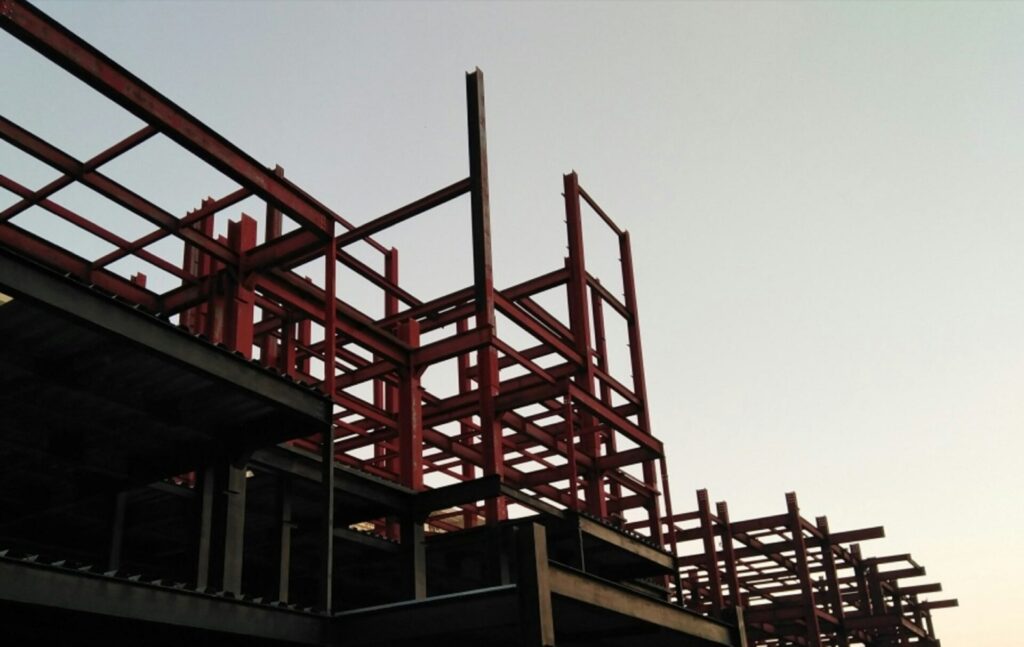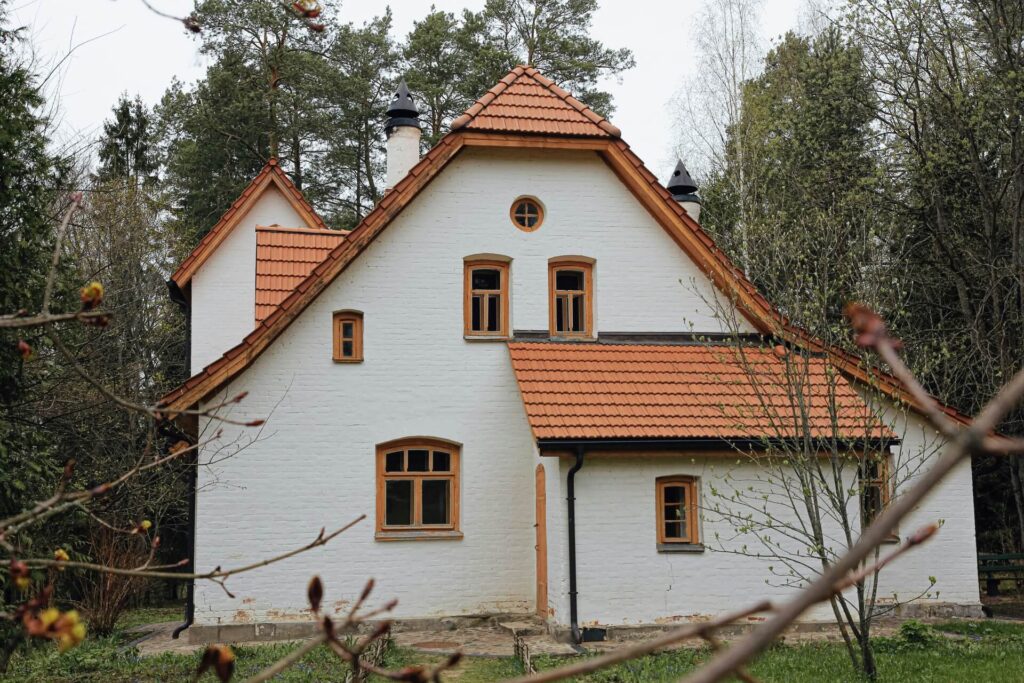How to Choose Energy-Efficient Windows for Your Home (Updated for 2025)

We are reader-supported. When you buy through links on our site, we may earn an affiliate commission.
Temperature fluctuations, high energy bills and air drafts are all signs your house isn’t as airtight and doesn’t prevent heat transfer as it should be. Installing high-performance windows — those with durable frames, multiple panes, insulating gases, warm-edge spacers and low-emissivity (low-e) coatings on glass — solves this. Energy-efficient windows are one of the elements of a complete thermal enclosure system, so they’re a must-have in any energy-saving house.
Energy-efficient window shopping requires more thought than you think. Buckle up, and learn how to choose the right product for your home.
1. Understand What Makes Windows Energy-Efficient
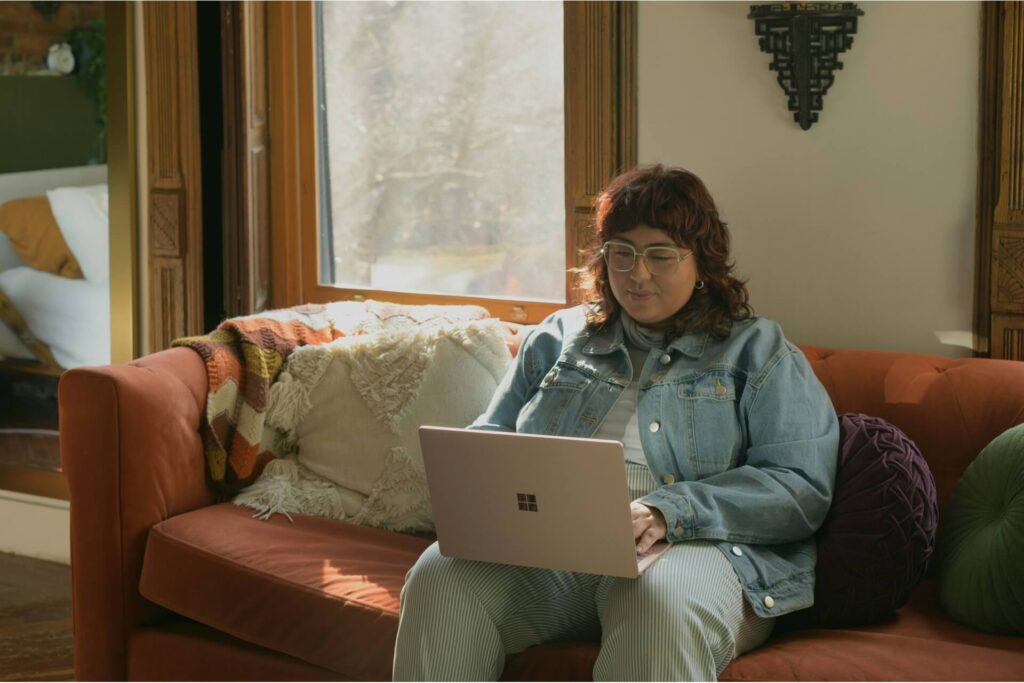
Energy-efficient windows have essential features optimized to keep your indoors cool in summer and warm in winter. Plus, they remain structurally sound despite seasonal temperature fluctuations because of the interplay between vital components.
Durable Frames
All window framing materials are durable in their own right. However, they react to the elements differently. The most common options are wood, vinyl, fiberglass, aluminum and composite. Some windows combine multiple materials to suit various applications.
Multiglazing
You want a window with more than one sheet of glass to prevent heat loss. Unlike doors, glazed or not, windows have higher glass-to-frame ratios. Glass insulates heat less effectively than any window framing material, so two or three panes always deliver better energy efficiency than one.
The air gap between panes helps keep your home and the outside world separate temperature zones. The void allows you to maintain your desired indoor climate without unnecessarily running your space heating or cooling equipment.
More glazing is more thermally insulative but more expensive. In the United States, double glazing is generally sufficient in most climate zones.
Insulating Gas Fill
Although plain air has incredibly low thermal conductivity, it still undermines the performance of multiglazing construction. Window manufacturers address this by filling the cavity between the glass sheets with a noble gas. Some refer to energy-efficient window products as insulating glass or gas-filled units.
The fenestration industry primarily uses three noble gases — argon, krypton and xenon. This order represents which options are the least energy-efficient and most affordable. To put things into perspective, argon is about 67% better at stopping heat transfer than air.
Argon is the standard because the other two can be cost-prohibitive. Some window companies have developed argon-based blends to enhance the gas’s performance while keeping energy-efficient window prices within reach.
Warm-Edge Spacer
A warm-edge spacer is a bar made of low-conductivity material sealed in place to stabilize the panes and maintain their intended distance from each other. This component also helps minimize thermal bridging across the opaque area at the edge of the glass and keeps it warm — hence the name.
Warm-edge spacers are available in nonmetallic and hybrid — metallic and nonmetallic — materials. Some minimize thermal conduction better than others.
Low-E Coatings
Low-e coatings are microscopic coatings applied to the glass surface to offset a pane’s inherent emissivity — the ability to radiate heat. Rendering a pane less emissive makes it more reflective, minimizing the amount of the sun’s heat it absorbs and reradiates inward. In other words, they reduce radiation. These coatings can also block a significant amount of ultraviolet light.
Many make the mistake of comparing the merits of low-e glass versus double glazing because these features are not mutually exclusive. Considering the pros and cons of low-e glass versus clear glass is more logical.
Window glass with low-e coatings contributes to insulation and can save you 25%-30% on cooling and heating, whereas clear panes allow most solar radiation to pass through them. The drawback to low-e glass is it also partially blocks visible light, darkening the view.
2. Determine Which Windows to Replace
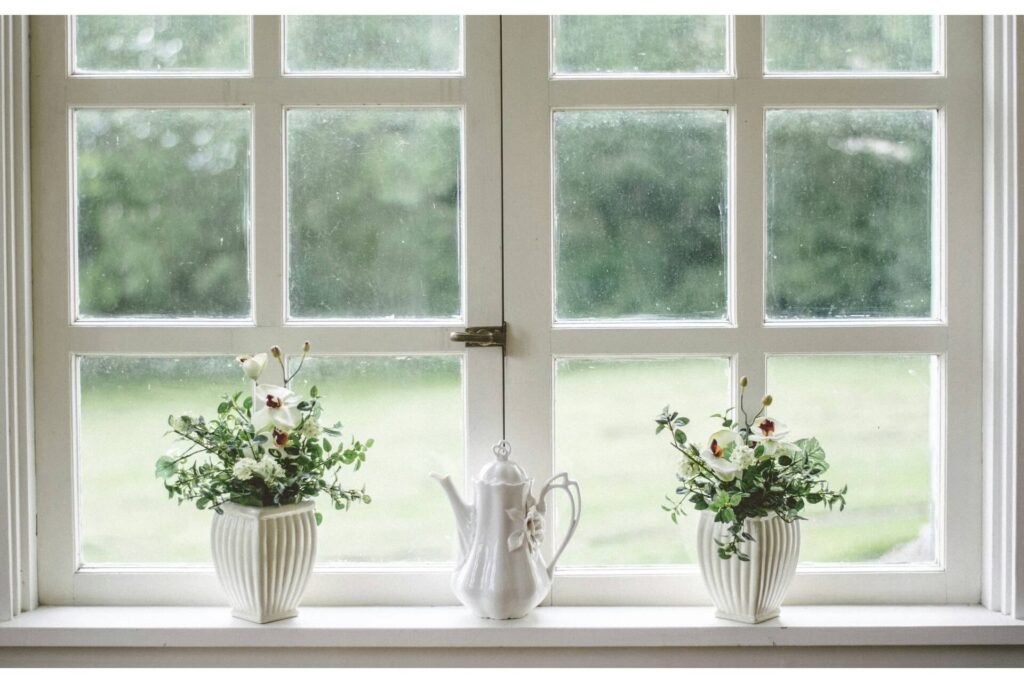
You don’t have to replace all your windows if you don’t want to — especially when you already have double-paned, gas-filled units. Examine every window in your house and identify which ones have seen better days.
3. Pay Attention to Energy-Efficient Window Ratings
Every high-performance window earns a certification from the National Fenestration Rating Council (NFRC). The NFRC tests products and rates their performance using four metrics — U-factor, Solar Heat Gain Coefficient (SHGC), Visible Transmittance and Air Leakage. Manufacturers may also request a Condensation Resistance test.
A certified window bears an NFRC label, showing its energy ratings. Here’s how to interpret them:
- U-factor: It indicates how well a window reduces heat. Scored 0.20-1.20, the lower the number, the more insulative it is.
- SHGC: It demonstrates how well a window reflects heat from the sun. Ranging 0-1, a lower digit means it prevents solar heat gain better.
- Visible Transmittance: It measures how well a window supports daylighting. Expressed 0-1, a higher number means more of the sun’s visible light can come in.
- Air Leakage: It shows how well a window prevents drafts from entering the space. Rated from 0.1 to 0.30, a lower digit means more airtight.
- Condensation Resistance: It determines how well a window keeps its glass’s interior surface from sweating. On a scale of 1 to 100, a higher number means fewer chances of condensation.
Only the U-factor and SHGC of the whole unit matter for energy efficiency. Learn about ENERGY STAR’s recommended window energy ratings for your climate zone. For example, the ideal combination for homes in Erie County, New York, is a U-factor of 0.20 or less and an SHGC of 0.20 or more.
5. Decide Between Off-the-Shelf and Custom Windows
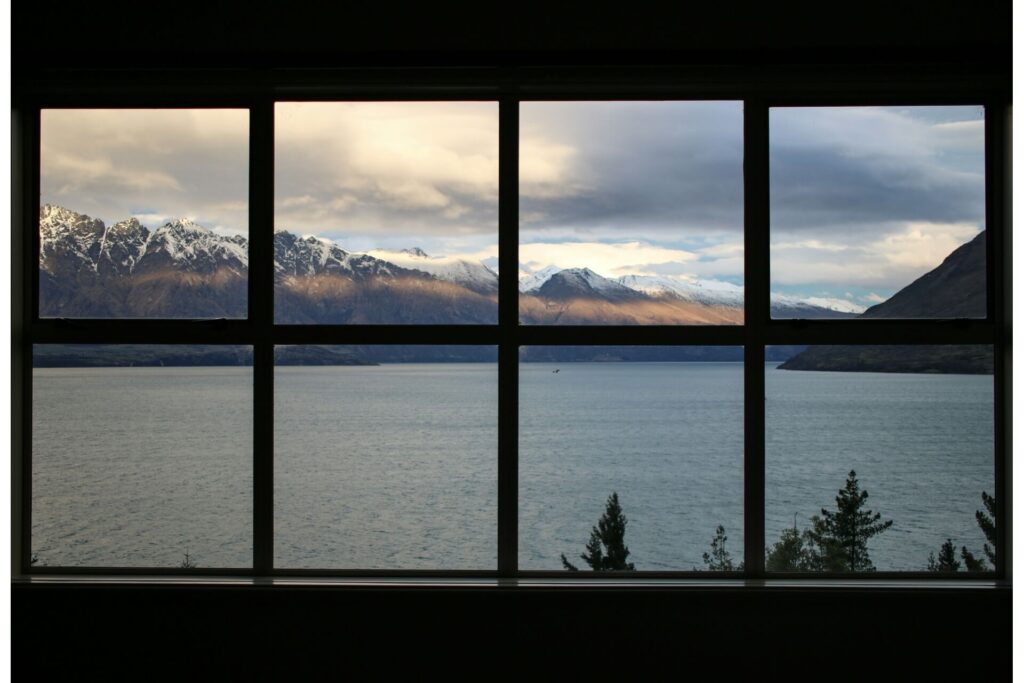
Premade and bespoke windows are both customizable. Either lets you choose from various window types, low-e glass coatings, grille application styles and patterns, and frame colors.
The advantage of off-the-shelf energy-efficient windows is they fetch lower prices and are readily available. However, premade units only come in standard sizes. You must make significant adjustments when they’re too small or too big for your wall openings, which may trigger a building permit requirement.
Conversely, buying windows tailored to your existing openings’ specifications ensures the closest fit. Fitness is critical in window performance. Those that closely fit wall openings rely less on sealant. Caulk degrades more quickly than the window framing material and leaks heat when it deteriorates.
6. Hire a Credentialed Installer
Window installation can be do-it-yourselfer-friendly, helping you minimize expenses and finish the project at your own pace. However, leaving the installation to a professional crew would be wise, especially if you must pull a permit.
Local, trained installers can bring your home up to code because they know relevant construction laws. Although some states don’t require window contractors to obtain a license, bonded and insured ones protect your best interests should things don’t go wrong.
Custom-made windows generally don’t lend themselves to DIY installation, so using a pro service comes with the territory.
Boost Your Home’s Energy Efficiency With the Right Windows
While windows aren’t the be-all and end-all of energy efficiency, having the right units for your climate can noticeably lower your utility bills. Follow these steps to compare ENERGY STAR products properly.
Original Publish Date 1/22/2021 — Updated 10/28/2024


